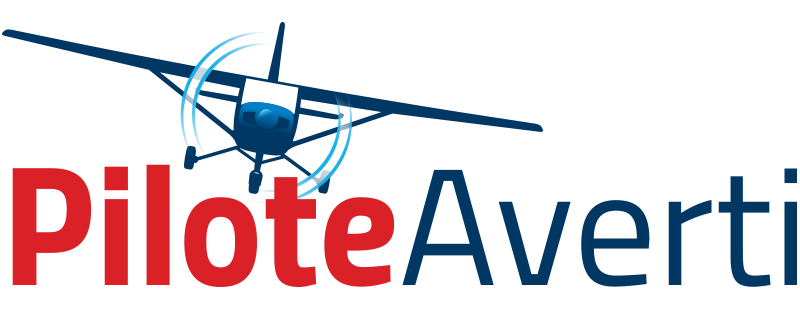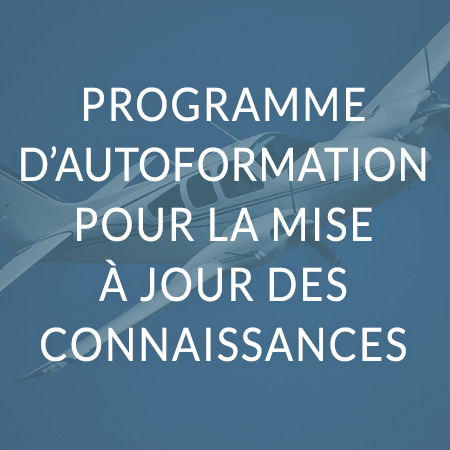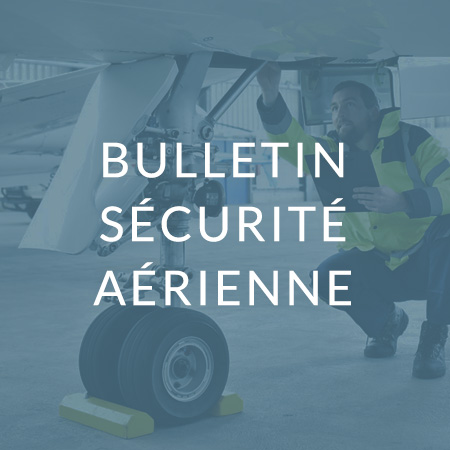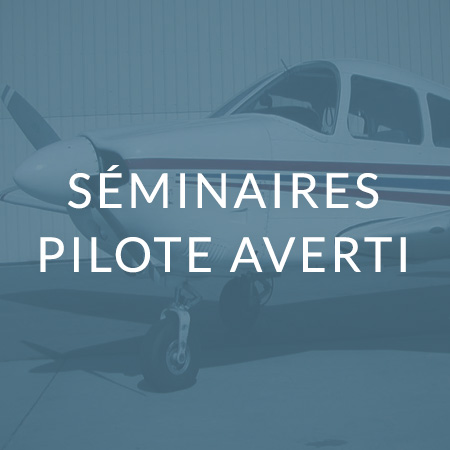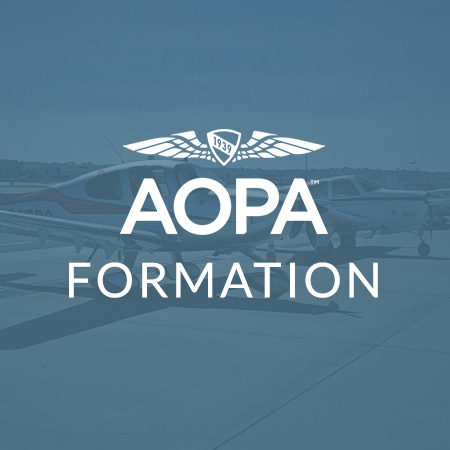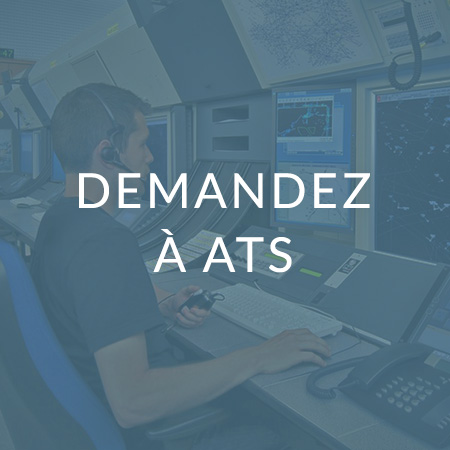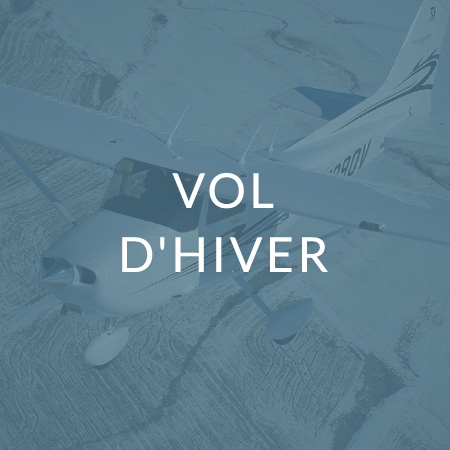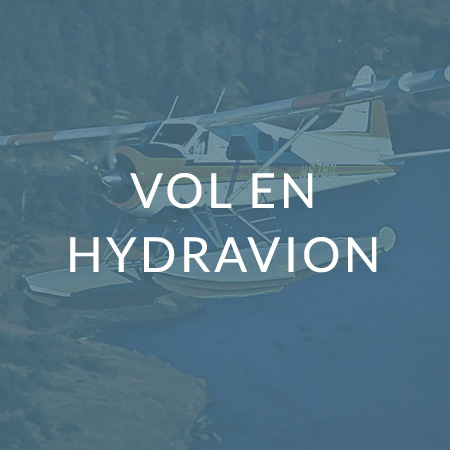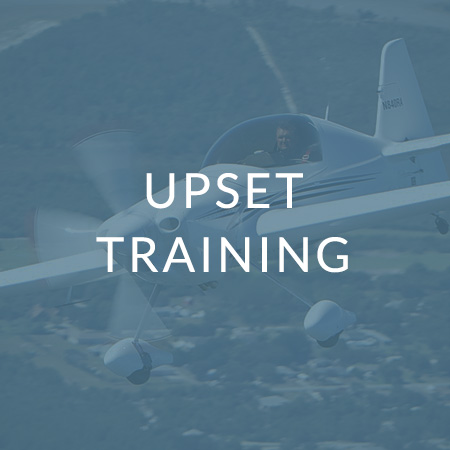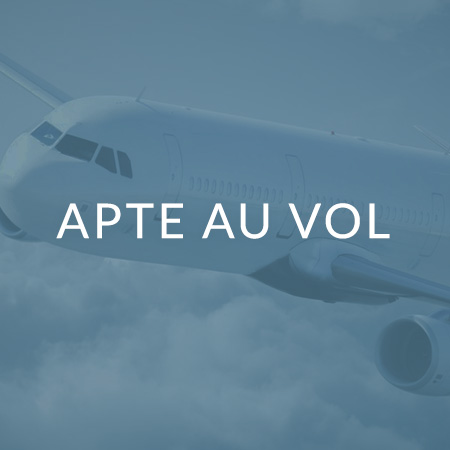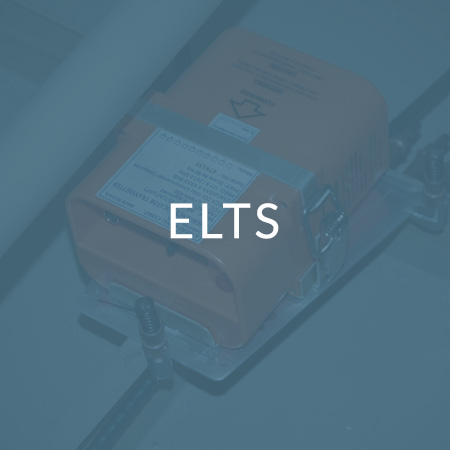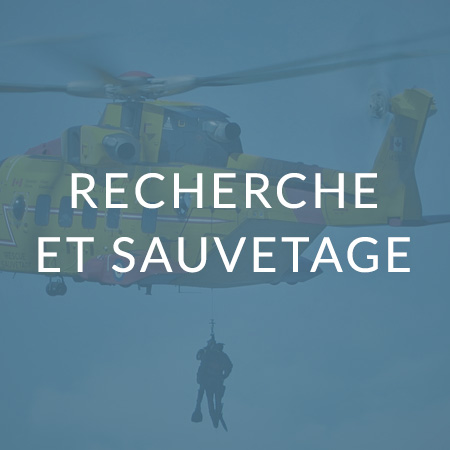Watchlist
Collisions with Land and Water
Fatalities continue to occur when planes collide with land and water while under crew control.
Added to the Watchlist on 16 August 2010
Background
Collisions with land and water occur when an airworthy aircraft under the control of the pilot is inadvertently flown into the ground, water, or an obstacle. In these cases, pilots are unaware of the danger until it is too late. This type of accident often happens when visibility is low, at night, or during poor weather. Such conditions reduce a pilot's situational awareness of surroundings and make it difficult to tell whether the aircraft is too close to the ground. The risk is even greater for small aircraft, which venture further into remote wilderness or into mountainous terrain, but are not required to have the same ground proximity warning equipment as large airliners.
The Transportation Safety Board of Canada (TSB) has investigated numerous collisions with land and water, and has identified deficiencies, made findings, and issued a recommendation on installing ground proximity warning systems in smaller aircraft.1 The Board has also recommended procedural changes during non-precision approaches, which would further reduce approach and landing accidents.
Collisions with land and water account for 5% of accidents, but nearly 25% of all fatalities. Between 2000 and 2009, there were 129 accidents of this type in Canada, resulting in 128 fatalities. Since the TSB first placed this issue on its Watchlist, the number of accidents of this type every year has not gone down. In 2010, there were 13; in 2011, there were 14.
Transport Canada is now introducing regulatory amendments that will require terrain awareness warning systems for commercial aeroplanes with six or more passenger seats, and in turbine-powered private aeroplanes. However, until these regulations are in force, and this equipment is installed, the residual risk to Canadians will remain, and the Board believes that this issue should continue to receive attention.
Solution
Improved non-precision approach procedures, along with a wider use of technology, are required to reduce the number of this type of accident.
Download Air Safety Management Systems Fact Sheet
Download All Watchlist Fact Sheets
Watchlist
Landing Accidents & Runway Overruns
Landing accidents and runway overruns continue to occur at Canadian airports.
Added to the Watchlist on 16 August 2010
Background
Millions of landings occur each year on Canadian runways. Rain, snow, ice or slush can contaminate these runways and affect the landing distance. Pilots are required to calculate landing distance before each landing. To do this, they need to have an accurate report of runway surface conditions. If this information is not available, landing distance calculations could be incorrect, putting aircraft at risk of running off the end or the side of the runway.
If this happens, it is important that an aircraft have an adequate safety area beyond the runway's end. At some airports, however, this is not the case, and the terrain beyond the end of the runway could contribute to aircraft damage and injuries to passengers and crew. This area, therefore, must be sufficiently clear of obstacles and properly graded.
The Transportation Safety Board of Canada (TSB) has investigated a number of landing accidents and incidents that highlight the need for runway surface condition reporting and safety areas.1 Moreover, since the TSB first placed this issue on its Watchlist, the number of accidents of this type every year has not significantly decreased: in 2010, there were 12 such accidents, and in 2011, there were 9.2 Meanwhile, in Canada, there is no requirement to meet international standards and recommended practices for safety areas.
Solution
In bad weather, pilots need to receive timely information about runway surface conditions. Furthermore, airports need to lengthen the safety areas at the end of runways or install other engineered systems and structures to safely stop planes that overrun.
Download Air Safety Management Systems Fact Sheet
Download All Watchlist Fact Sheets
Watchlist
Risks of Collisions on Runways
There is an ongoing risk of aircraft colliding with vehicles or other aircraft on the ground at Canadian airports.
Added to the Watchlist on 16 August 2010
Background
Airport operations require aircraft and vehicles to move between ramps, taxiways and runways. Sometimes this movement creates conflicts between aircraft, or between aircraft and vehicles. This can also happen when aircraft or vehicles mistakenly occupy an active take-off or landing area.
In a nine-year period from 2001 to 2009, there were 4140 of these conflicts, known as runway incursions, nationwide.1 Given the millions of take-offs and landings each year, incursions are rare, but their consequences can be catastrophic.
Since the Transportation Safety Board of Canada (TSB) first placed this issue on its Watchlist, the number of these occurrences has not decreased: in 2010 there were 351, followed by another 446 in 2011. The Board continues to investigate these occurrences because the risk persists.
There are ongoing efforts by both the industry and the regulator to share data and other information, and to improve local airport procedures; however, more leadership is required from Transport Canada. In particular, few new technological defences have been seriously considered or implemented in Canada.
The TSB has made findings and reported publicly on the risk of collisions on runways. The Board remains concerned that incursions and the risk of collisions will continue until better defences are put in place.
Solution
Improved procedures and the adoption of enhanced collision warning systems are required at Canada's airports.
Download Air Safety Management Systems Fact Sheet
Download All Watchlist Fact Sheets
Watchlist
Air Safety Management Systems
Transport Canada does not always provide effective oversight of aviation companies transitioning to safety management systems, while some companies are not even required to have one.
Added to the Watchlist on 14 June 2012
Background
Implemented properly, safety management systems (SMS) allow aviation companies on their own to identify hazards, manage risks, and develop and follow effective safety processes. Canada's large commercial carriers have been required to have an SMS since 2005. However, for smaller operators, such as those which do aerial work or provide air taxi or commuter services,1 implementation has been delayed to provide additional time to refine procedures, guidance material and training. Yet together, this group incurred 91 % of commercial aircraft accidents and 93 % of commercial fatalities from 2002 to 2011. Transport Canada (TC) indicates that SMS will be implemented in all regulated civil aviation organizations by 2015.
The transition to SMS has proved to be challenging. A 2008 report by the Auditor General of Canada highlighted gaps in TC's planning and implementation as well as oversight of SMS operators. In addition, recent investigations by the Transportation Safety Board of Canada (TSB) have highlighted difficulties faced by operators in transitioning from traditional safety management to SMS.
Until SMS are more broadly implemented within the aviation industry, the TSB remains concerned regarding the risks to Canadians, and will continue to monitor progress in this area.
Solution
Transport Canada must effectively monitor the integration of SMS practices into day-to-day operations. Moreover, SMS practices need to be adopted by all companies.
Download Air Safety Management Systems Fact Sheet
Download All Watchlist Fact Sheets
